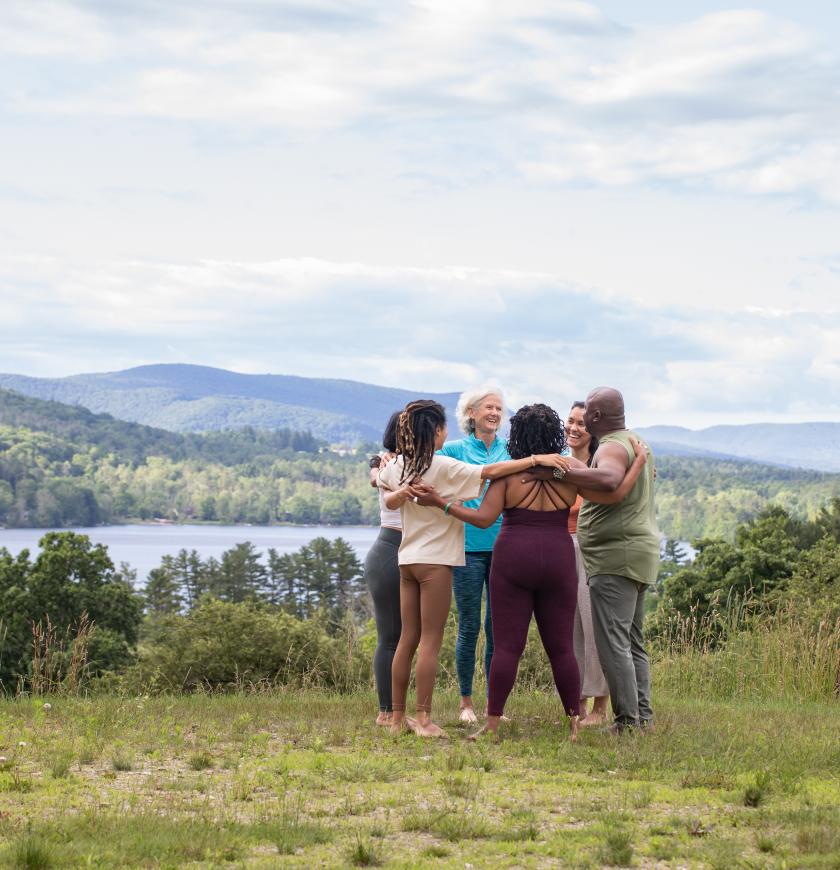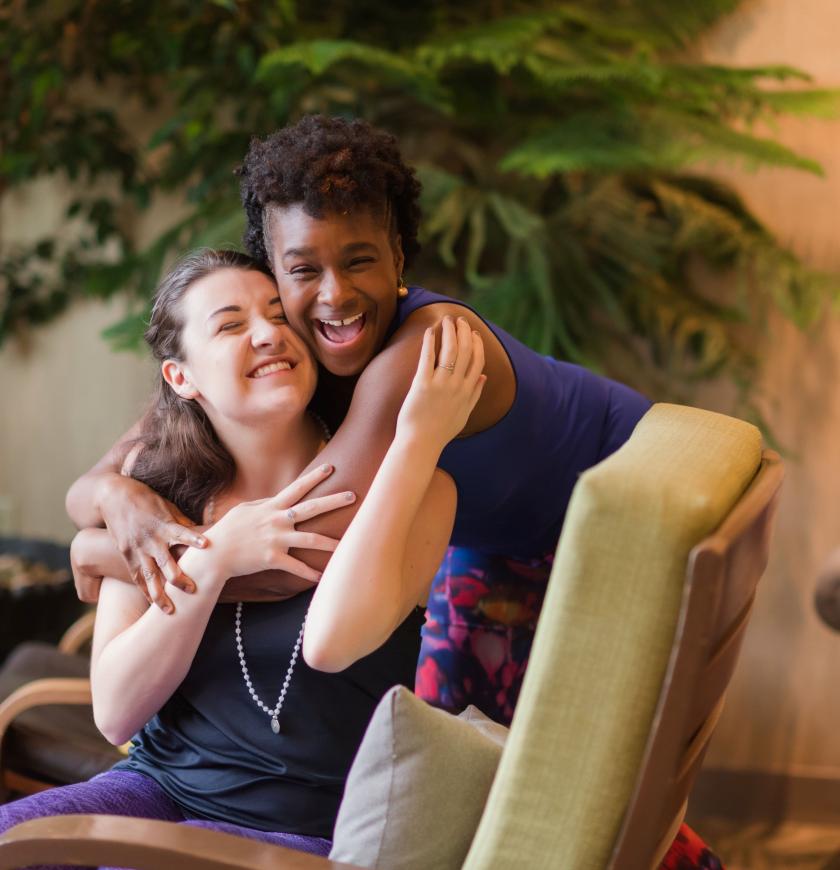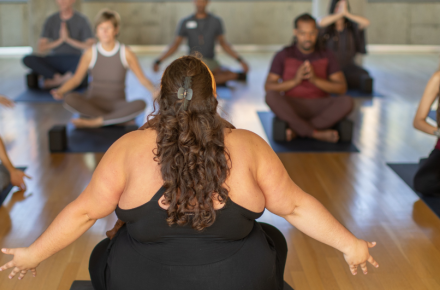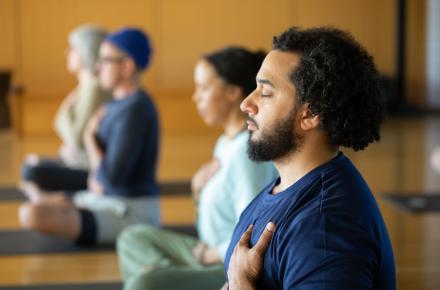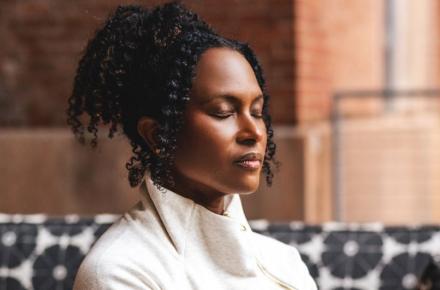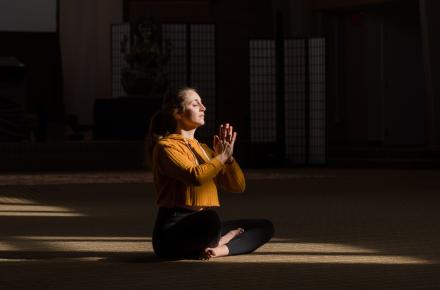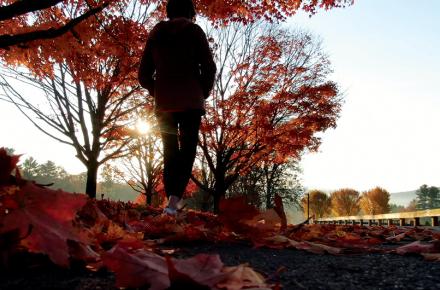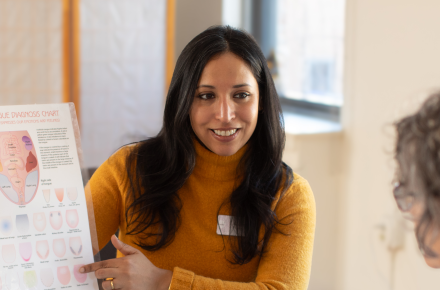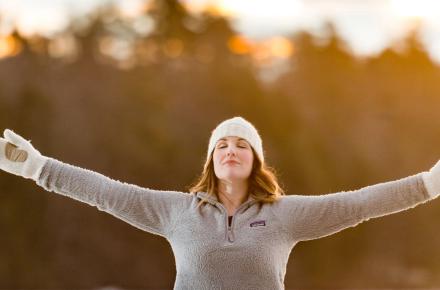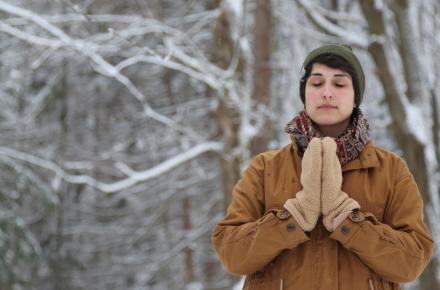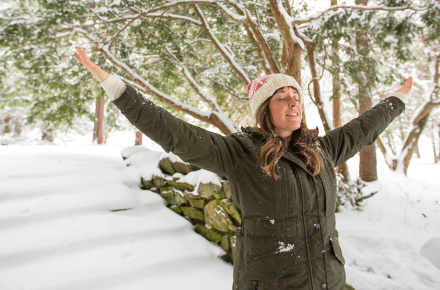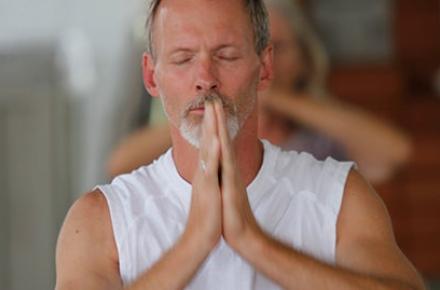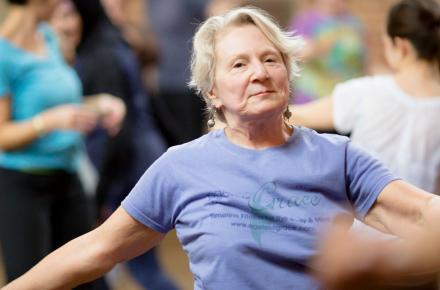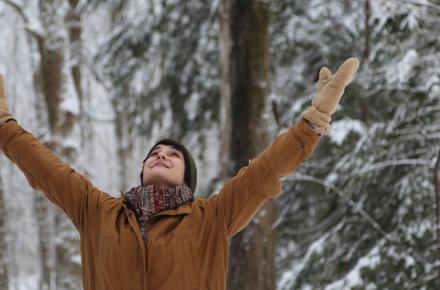The Science of Dance: Seven Ways that Movement Makes Us Happier and Healthier
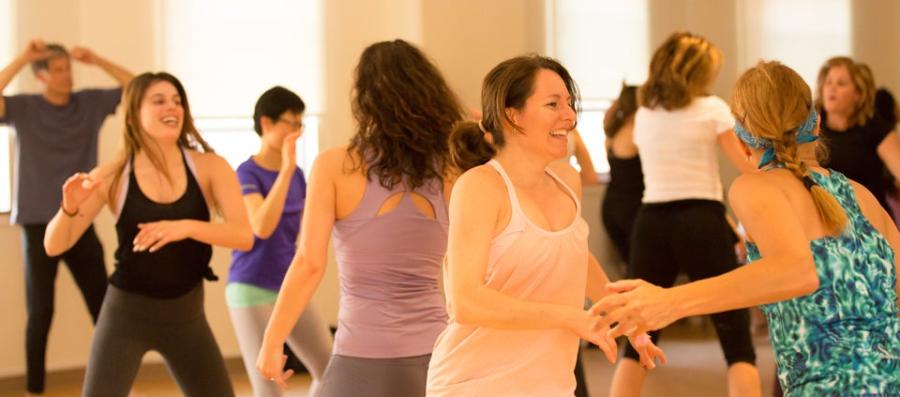
by Shannon Sexton
This summer, after a nine-year hiatus, I took a belly dancing class. Every day in a sweltering studio in central Madrid, I practiced the old, familiar moves. My coin belt burst into fireworks when I shimmied my hips. When my torso undulated, I felt like a mermaid in the sea; my hands, as if moving through water, cast a spell around me.
And, with my teacher’s guidance, I remembered how to dance, as the spirit moved me, to a primal beat.
Because I work alone, in a foreign city whose language I barely understand, there are days when I feel the social isolation chamber closing in on me. Darkness descends, and I know I have to get out of the house.
During dance class, light streamed through my world again. I felt connected to a larger whole. My fellow students and I giggled as we learned our moves, we asked each other questions, we practiced the techniques, and we celebrated milestones. Our teacher was a patient, graceful guide—even switching her classes to English when she realized her expat students would understand her instructions better.
After the 10-day course, I felt like a different person—happier, more relaxed, more content. My body, often dogged by computer-related aches and pains, felt fluid and free. I felt stronger, more beautiful, more divine.
From a yogic perspective, my body and mind were in a state of sukha—a Sanskrit term that literally means “good space,” but can also, according to Robert Svoboda, be translated as “happy,” “good,” “joyful,” “delightful,” and “easy,” among other things.
Turns out that the benefits I was feeling have their roots in neurobiology. Scientists in the United States, Europe, Israel, and Australia have been studying both the physical and feel-good benefits of dance for many years. According to an article published last year in Scientific American, research indicates that dancing can boost our mood, self-esteem, and fitness levels; reduce stress; and even help us recover from trauma. “Studies show that dance increases levels of the feel-good hormone serotonin, and helps develop new neural connections, especially in regions involved in executive function, long-term memory, and spatial recognition,” writes study author Jason G. Goldman.
Here are more findings about the power of movement and dance that may inspire you to waltz your way through life!
1. It can improve body image.
Research on the effects of dance on body image has been mixed; some studies have found that it enhances body image, while others (often focused on ballet) suggest that dance reduces it. But transformational dance teachers like Megha Nancy Buttenheim, founding director of Let Your Yoga Dance LLC®, and Toni Bergins, the founder and director of JourneyDance™, believe that in the right context, body-mind-spirit approaches to dance can help people of all shapes and sizes cultivate a more positive body image.
Toni, who says she was bulimic in high school, recalls, “Dance helped me become embodied from the inside out. And once I got on the spiritual path, dance connected me to God, Source, Light, the Universe—whatever you want to call it. Once I felt that connection, I was able to heal the pain of my body image issues. Transformational dance is an anti-perfectionist movement that says, ‘It’s okay to be you.’”
As Megha observes, it can encourage people to “love the body that you’re in.”
2. It encourages social bonding.
Researchers have found that dancing in groups helps us bond with each other. Scientists have suggested several reasons for this, ranging from the production of endorphins to the bonding effect of activating mirror neurons, though no conclusive evidence has been found yet.
“Indigenous cultures revere dancing as a form of communion of body, soul, and spirit, and communion with others,” observes Kripalu presenter Dan Leven, who leads the yoga- and dance-centric programs Shake Your Soul® and SomaSoul®. “It’s only in our modern society that dancing is often reduced to a form of exercise.”
“Coming together to dance is a way for us to reach out to each other for connection,” says Toni. In art forms such as transformational dance, she says, “We’re creating a mini-village, a mini-community where everyone belongs. There’s no right or wrong way of moving, so people get to be themselves.”
3. It may ward off dementia (and improve brain health at any age).
A 21-year study published in the New England Journal of Medicine found that frequent dancing may reduce a senior citizen’s risk of dementia by 76 percent—and that dancing “increases cognitive acuity at all ages,” as Stanford University Dance Division professor Richard Power puts it. But he warns that, in the quest for better brain health as we age, not all types of dance are created equal. Ballroom dance and other forms of freestyle social dancing that require complex mental coordination, split-second decision making, and social interaction seem to lead to increased mental acuity, he says.
Need more inspiration? A 2011 neurological study of 110 older adults in France suggested that contemporary dance may improve cognitive flexibility, while a 2017 study led by a researcher at Colorado State University found that participants who took dance classes exhibited “improved white matter integrity in an area of the brain related to memory and processing speed,” according to an article on the university’s website.
4. It has other healthy-aging benefits.
According to Science Daily, a 2009 study conducted by Queens University, Belfast, found that social dancing “may stave off illness and counteract decline in aging” on physical, social, and mental levels.
And according to research presented at scientific session by the American Heart Association in 2016, a four-month, twice-weekly dance class helped older Latinx adults boost their physical fitness and walk at faster speeds.
5. It may give people with Parkinson’s a mind-body boost.
A feature story published in the Winter 2017 issue of Stanford Medicine summarizes the research-backed benefits of dance for people with Parkinson’s disease (PD), ranging from the physical (such as better balance, motor function, and endurance) to the psychological (including improvements in mood and quality of life, higher levels of social interaction and artistic expression, and lower anxiety levels). The author, Ruthann Richter, also notes: “In a 2015 study published in Journal of Neural Transmission by … colleagues from four universities, participants reported feeling less helpless, grateful for the companionship, and a general sense of improved health.”
Megha, who has received three grants from the American Parkinson Disease Association to help support her Let Your Yoga Dance® classes for people with PD, has witnessed some of the psychological benefits firsthand. She’s been teaching these classes for more than 10 years now and recalls some early feedback: “One of my students came up to me after class and said, ‘You know, people with Parkinson’s don’t smile very much. Let Your Yoga Dance brings back the smile.’ Another student told me, ‘This class has all the good benefits of my meds, but the only side effect is joy.’”
6. It may facilitate spiritual experiences.
According to Science Daily, a study conducted by the Hebrew University of Jerusalem found that dancers show consistent differences in two key genes from the general population—including the serotonin transporter, which regulates the level of serotonin, a brain transmitter that contributes to spiritual experiences (among other behavioral traits).
Toni can relate. Twenty years ago, during a Kripalu dance class, she recalls, “I felt this wave of love come over me that I was beautiful and I was a divine spark.” She could feel herself “going deeper into connection with a larger consciousness. “That’s when JourneyDance was born.”
7. It can support emotional competence—and turn emotional expression into art.
The emotional benefits of dancing may be more challenging for scientists to pinpoint, although a 2015 study published in the journal Frontiers in Psychology suggests that dancers may have higher levels of emotional competence.
“When we become aware of our feelings and move them out of our physical body through dance, we begin to embrace our humanity while we give it artistic expression,” observes Dan. “That’s when dance can touch our soul, when the human experience is deeply spoken through movement of the body.”
Transformational dance is a “nonverbal conversation with the mind, body, emotions, and spirit,” adds Toni. “It quickens our path to healing and wholeness, reminding us of our deepest truths and our most rooted sources of strength.”
Shannon Sexton is the former editor-in-chief of Yoga International and a freelance writer, editor, and strategist based in Madrid.
